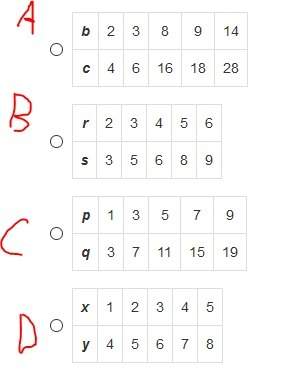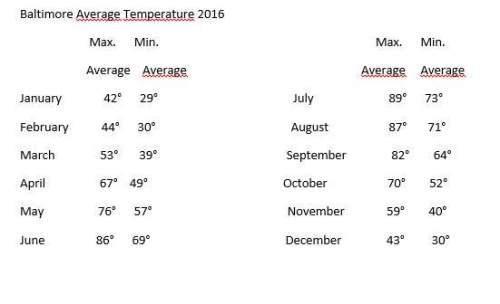
Mathematics, 26.07.2019 04:30 anaiyamills
Use the power series for 1 1−x to find a power series representation of f(x) = ln(1−x). what is the radius of convergence? (note: you don’t need to use the ratio test here because we know the radius of convergence of the series p∞ n=0 x n .) (b) use part (a) to find a power series for f(x) = x ln(1 − x). (c) by putting x = 1 2 in your result from part (a), express ln 2 as the sum of an infinite series

Answers: 1


Other questions on the subject: Mathematics

Mathematics, 21.06.2019 17:00, ayoismeisalex
Describe what moves you could use to create the transformation of the original image shown at right
Answers: 1

Mathematics, 21.06.2019 19:30, tgentryb60
Now max recorded the heights of 500 male humans. he found that the heights were normally distributed around a mean of 177 centimeters. which statements about max’s data must be true? a) the median of max’s data is 250 b) more than half of the data points max recorded were 177 centimeters. c) a data point chosen at random is as likely to be above the mean as it is to be below the mean. d) every height within three standard deviations of the mean is equally likely to be chosen if a data point is selected at random.
Answers: 1

Mathematics, 21.06.2019 20:50, karaisabelhill
Find the missing variable for a parallelogram: a = latex: 32in^2 32 i n 2 h = b = 6.3 in (1in=2.54cm)
Answers: 2

Mathematics, 21.06.2019 21:30, hailey200127
A. s.a.! similarity in right triangles, refer to the figure to complete this proportionc/a = a/? a.) cb.) hc.) rd.) s
Answers: 1
You know the right answer?
Use the power series for 1 1−x to find a power series representation of f(x) = ln(1−x). what is the...
Questions in other subjects:



Social Studies, 25.07.2019 16:00



English, 25.07.2019 16:00



Biology, 25.07.2019 16:00

 , the power series of xln(1 - x) is
, the power series of xln(1 - x) is  and the value of ln(2) is
and the value of ln(2) is  .
.

 --- (1)
--- (1)





 , we have
, we have

 , then
, then


 can be obtained simply by multiplying both sides of the series above by
can be obtained simply by multiplying both sides of the series above by  .
.







